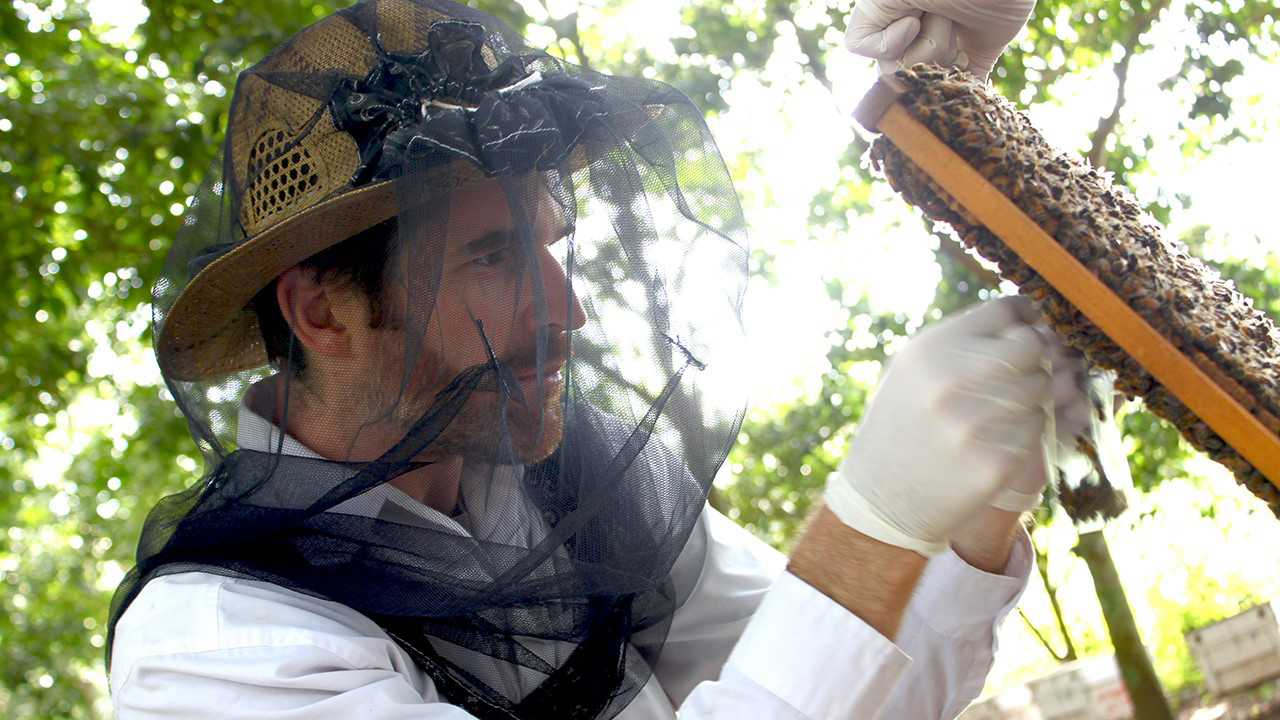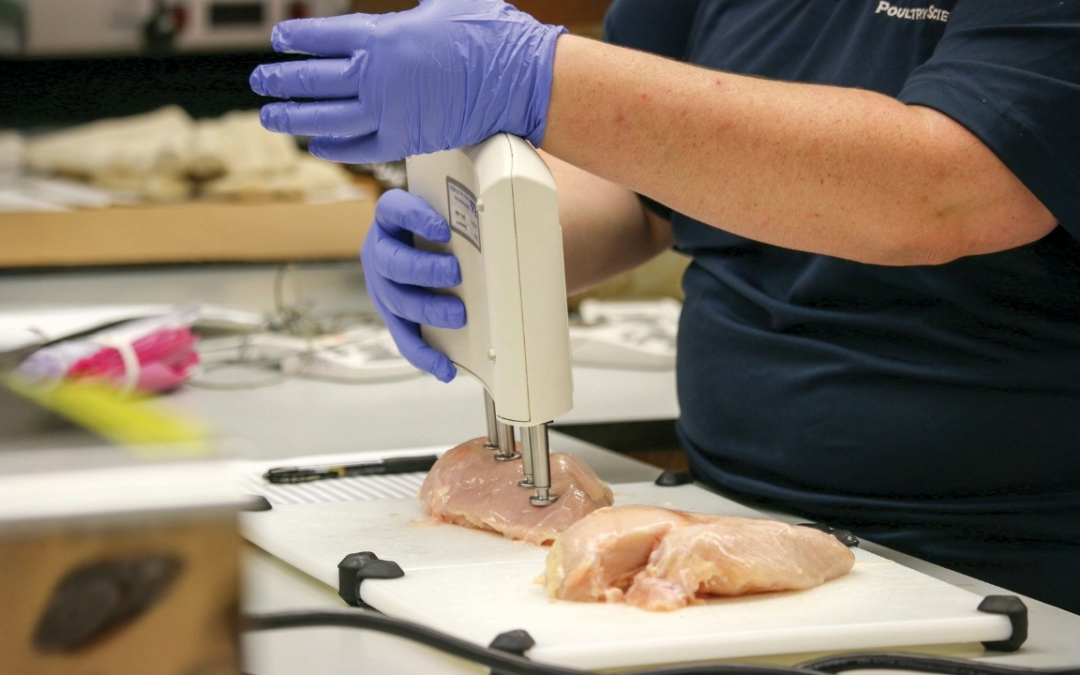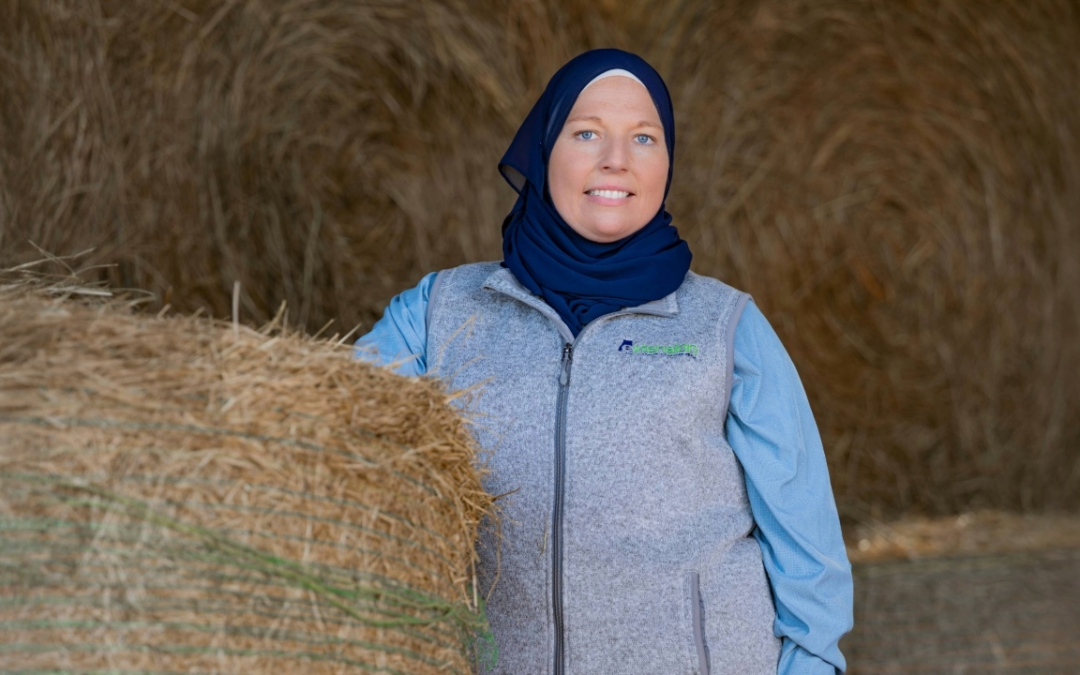By Jamie Creamer / Jun 21, 2019 3:11:48 PM
News
Beekeepers across the U.S. lost 40.7% of their managed honey bee colonies from April 1, 2018, to April 1, 2019, and experienced the highest rate of winter loss in 13 years, preliminary results of the annual nationwide colony loss survey show.
Conducted by the nonprofit Bee Informed Partnership with Auburn University and University of Maryland entomologists collecting and analyzing the data, the survey pegs Oct. 1, 2018-April 1, 2019 losses at 37.7%, which is the highest rate since the survey began in 2006-07 and 8.9 percentage points higher than the survey average.
“These results are very concerning, as high winter losses hit an industry already suffering from a decade of high winter losses,” said Maryland entomology associate professor and Bee Informed Partnership president Dennis vanEngelsdorp.
Honey bees pollinate $15 billion worth of food crops in the U.S., so their health is critical to food production and supply.
Geoff Williams, Auburn assistant professor of entomology and apiology, said that although the 2018-19 overall loss of 40.7% is only slightly above the annual average of 38.7%, any increase is troubling.
“Just looking at the overall picture and the 10-year trends, it’s disconcerting that we’re still seeing elevated losses after over a decade of survey and quite intense work to try to understand and reduce colony loss,” Williams said.
Over the summer of 2018, beekeepers reported losing 20.5% of their managed colonies. While that is up from summer 2017’s loss rate of 17.1%, it is on par with the average rate of summer loss since the annual survey was expanded nine years ago to include April 1-Oct. 1 data.
Since the mid-2000s, when beekeepers began noticing dramatic losses in their colonies, state and federal agricultural agencies, university researchers and the beekeeping industry have worked together to understand the cause and develop best management practices to reduce losses. The annual colony loss survey has been an integral part of that effort.
The survey asks commercial, sideline and backyard beekeeping operations to track the survival rates of their colonies. Nearly 4,700 beekeepers from all 50 states and the District of Columbia responded to the 2018-19 survey. Collectively, the respondents manage 319,787 colonies, or about 12% of the nation’s estimated 2.69 million managed colonies.
The Bee Informed Partnership team said multiple factors likely are responsible for the persistently high annual loss rates and this year’s jump in winter losses.
Beekeepers’ top concern, and a leading contributor to winter colony losses, is the varroa mite. The mite is a lethal, disease-transmitting honey bee parasite that can spread from colony to colony, that has been decimating colonies for years and that researchers nationwide are working together to develop sustainable strategies to combat.
“We are increasingly concerned about varroa mites and the viruses they spread,” Maryland’s vanEngelsdorp said. “Last year, many beekeepers reported poor treatment efficacy, and limited field tests showed products that once removed 90% of mites or more are now removing far fewer.”
The seeming failure of those once-effective management tools may be evident in the high rates of colony loss in 2018-19, said Karen Rennich, Bee Informed Partnership executive director and senior faculty specialist at Maryland. But varroa mites are not the sole culprit. Land-use changes that have led to a lack of nutrition-rich pollen sources as well as pesticide exposure, environmental factors that include extreme weather and beekeeping practices all play some role, too.
“A persistent worry among beekeepers nationwide is that there are fewer and fewer favorable places for bees to land, and that is putting increased pressure on beekeepers, who are already stretched to their limits to keep their bees alive,” Rennich said. “We also think extreme weather conditions we have seen this past year demand investigation, such as wildfires that ravage the landscape and remove already-limited forage and floods that destroy crops, causing losses for the farmer, for the beekeeper and for the public.”
Williams and the other researchers on the survey team said a multi-pronged approach that encompasses research, extension and smart management is needed to combat the problem. They urged beekeepers to stay current on and implement science-based best management practices.
“Beekeepers have to be very dynamic in their response to weather and environmental conditions,” Williams said. “If it is a cold, long winter, they need to be very diligent and make sure they have enough food for their bees to survive. On the other hand, warm winters can create favorable conditions for varroa mites, which means beekeepers need to know how to manage them properly.”
Beekeepers can find best management practices on the Bee Informed website. The survey’s preliminary results are available here. A summary is provided below.
Winter Loss Estimates:
Oct. 1, 2018-April 1, 2019: 37.7% losses
7 percentage points higher than winter 2017-2018
8.9 percentage points higher than average winter loss (2006-2019)
Summer Loss Estimates:
April 1, 2018-Oct. 1, 2018: 20.5% losses
3.4 percentage points higher than summer 2017
Equal to average summer loss since summer survey began in 2011: 20.5%
Total Annual Loss Estimates:
April 1, 2018-April 1, 2019: 40.7% losses
0.6 percentage points higher than 2017-2018
2.9 percentage points higher loss since annual survey began in 2010-2011: 37.8%
Winter Loss Comparison by Beekeeper Category:
Backyard beekeepers (manage 50 or fewer colonies): 39.8%
Sideline (manage 51-500 colonies): 36.5%
Commercial (manage more than 500 colonies): 37.5%





